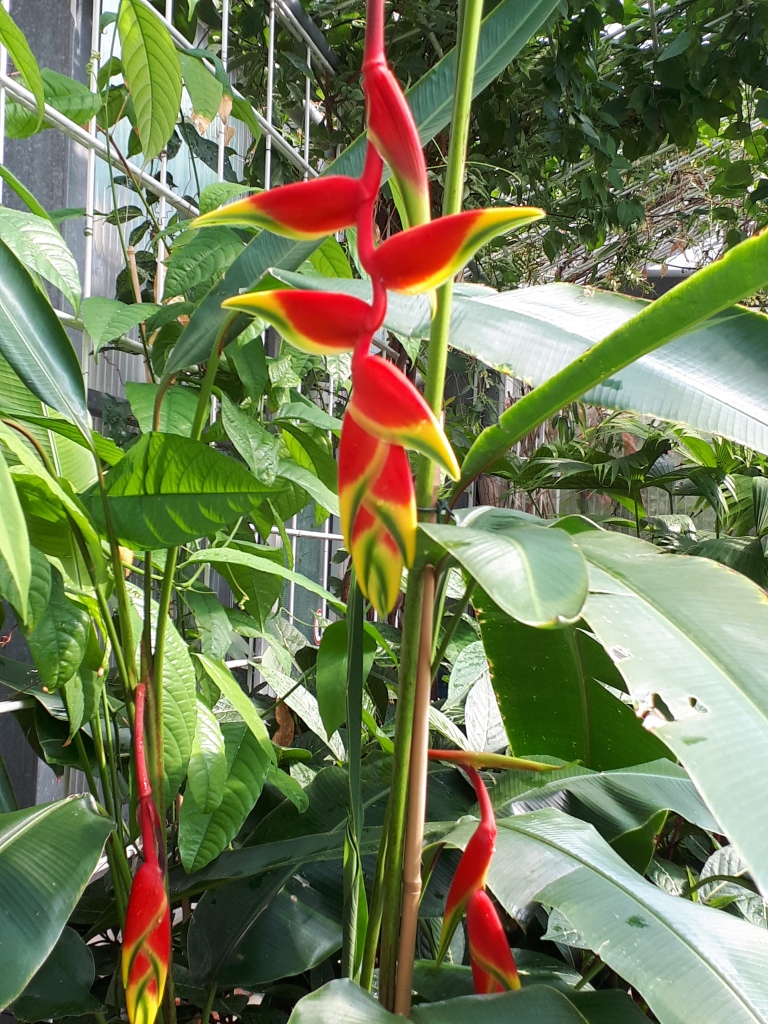
We may instinctively think that we all know what a botanical garden is – a beautiful garden where plants are labelled. However, a botanical garden is much more than that. According to Botanic Gardens Conservation International, botanical gardens are institutions holding documented collections of living plants for the purpose of scientific research, conservation, display and education. A botanical garden also has a greater emphasis on conserving rare and threatened plants. Moreover, it provides opportunities for society to immerse in nature, explore their interests, and experience leisure.


Some of the participants of the 43rd UNEP/UNESCO/BMU IInternational Postgraduate Course on Environmental Management for Developing Countries (EM43) had this week the opportunity to visit the Botanical Garden of the TU Dresden. The history of this garden dates back to 1820. In 1822 already 7,800 plant species were there cultivated – quite a large number compared to the 3,000 species of the natural flora in Germany. The bomb attacks of February 1945 not only destroyed the city of Dresden but also severely damaged the botanical garden. Since 1949 this garden is managed by the TU Dresden.
Today, about 10,000 plant species from different regions of the world are cultivated there within an area of approximately three hectares.
The collection is predominantly arranged geographically and is displayed in landscaped grounds. Three public greenhouses show tropical and sub-tropical plants of American and Old World deserts and rainforests species from America, Africa and Asia.
The Botanical Garden provides pleasure and inspiration to plant lovers all year round =) And a special thank you to Dr. Barbara Ditsch for the pleasant tour!











